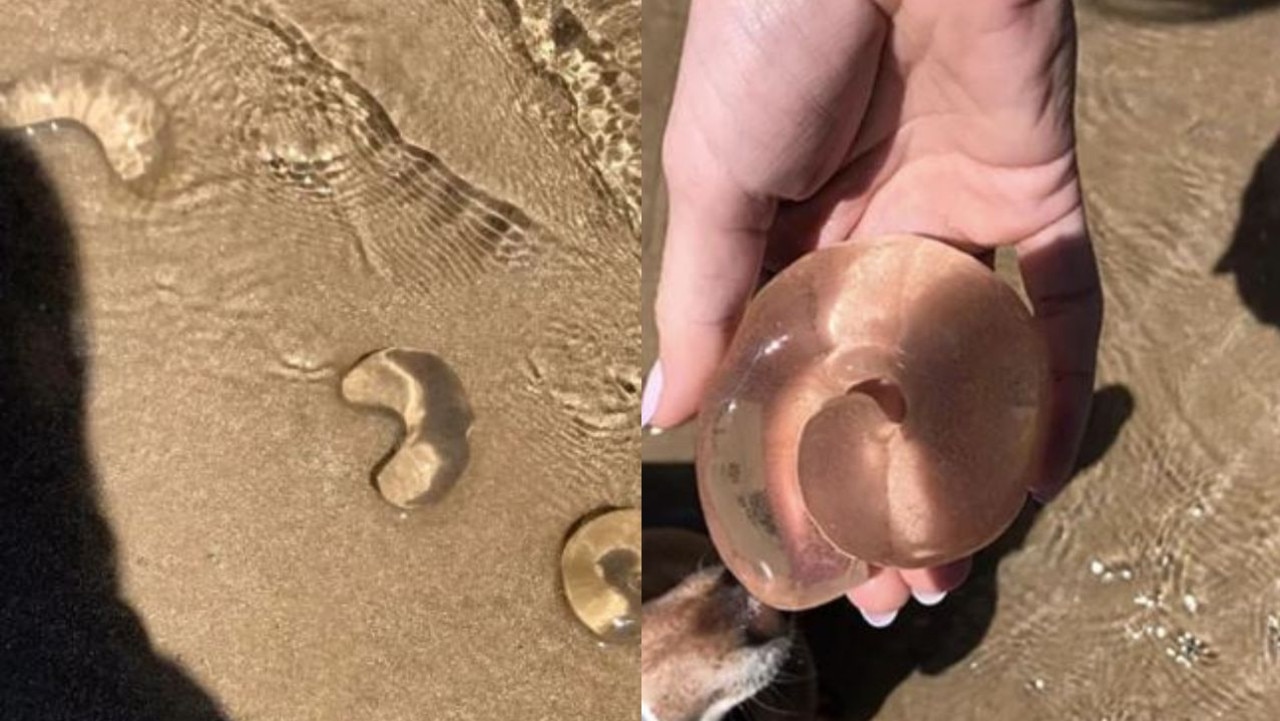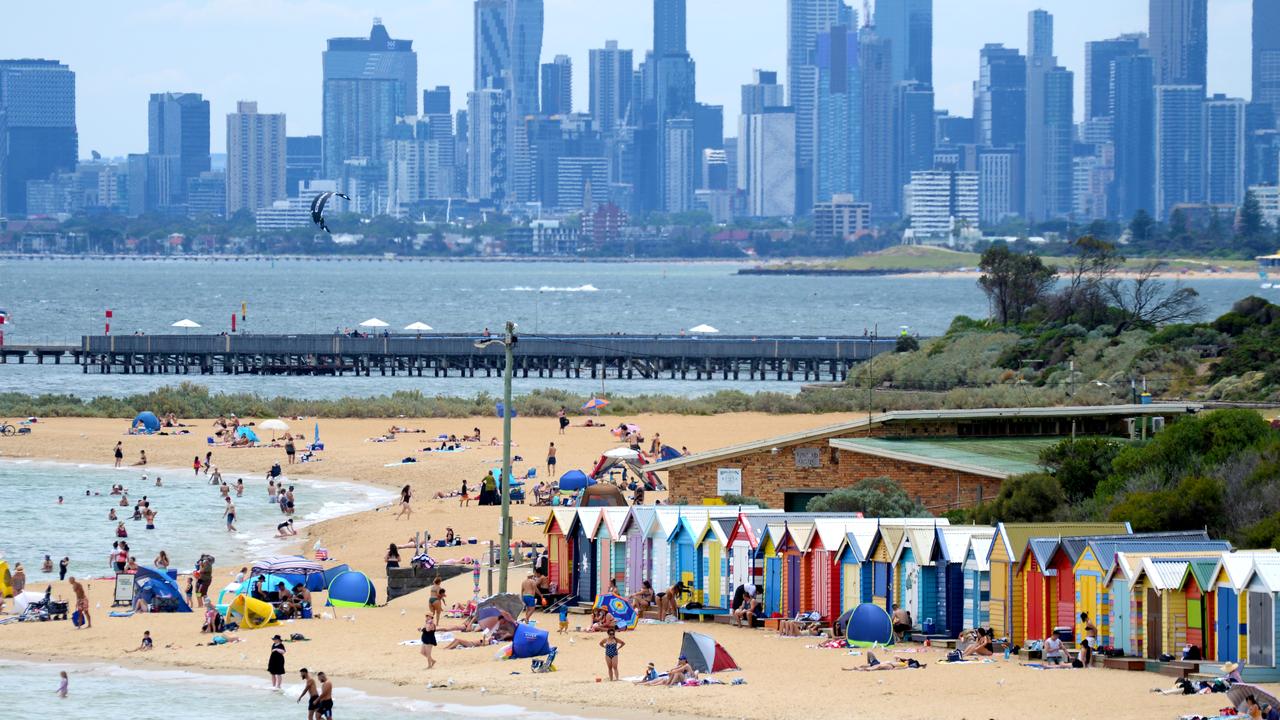‘Odd blobs’ wash ashore on popular Melbourne beach
Many Aussies were left scratching their heads after images of the “odd blobs”, which appeared on a popular beach, were shared to social media.
Many Aussies have been left dumbfounded by an array of “odd blobs” that washed ashore at Melbourne’s Brighton Beach.
One woman took to social media after making the peculiar discovery, picking up a translucent coiled blob about the size of her palm.
“Can someone tell me what these are?” she asked.

Hundreds of Facebook users replied to the post, putting forward their own guesses of what the unfamiliar spirals could be.
“Shark poop” and “whale snot” were among the suggestions, while others were quick to point out the images defied basic beach safety practices.
“Why would anyone handle something they have no idea about, could of been some flesh eating jelly fish, or toxic blob?” one person asked.
A woman urged beachgoers to remain vigilant and consider the risks of touching objects at the beach when people didn’t know what they were.
“(My) friend picked up a blue-ringed octopus because it didn’t have blue rings at the time,” she said.
“She is lucky to be alive.”

The CSIRO, which has previously issued public warnings about the objects, said they were “egg sacs of predatory sand snails”.
“Like the moon snail or conical sand snail,” the CSIRO said in a post to social media.
“If you look closely, each sac contains thousands of tiny little eggs.
“The (jelly) matrix absorbs water and swells to form the distinctive crescent-shaped tube which can be three to five times larger than the snail that laid it.
“The egg masses break up in the water after a few days, releasing planktonic larvae from the eggs.”
The sacs, which consist of eggs embedded in a jelly matrix, crumble easily when handled.
This has led the CSIRO to issue warnings to Australian beachgoers not to touch the sacs, which commonly wash up on sandy beaches around Port Phillip Bay in spring.
Anyone who comes across the peculiar jellies should simply place them back in the water, gently.
More Coverage
Originally published as ‘Odd blobs’ wash ashore on popular Melbourne beach


